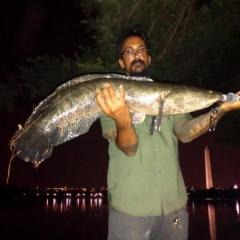
Snakehead Whisperer replied to smr_hga's topic in General Bass Fishing Forum

Tagged with:

Snakehead Whisperer replied to Glenn's topic in General Bass Fishing Forum

Snakehead Whisperer replied to Rick99's topic in Fishing Rods, Reels, Line, and Knots

Snakehead Whisperer replied to Rick99's topic in Fishing Rods, Reels, Line, and Knots

Snakehead Whisperer replied to reb67's topic in General Bass Fishing Forum

Snakehead Whisperer replied to HoosierHawgs's topic in General Bass Fishing Forum

Snakehead Whisperer replied to tbone1993's topic in Bass Boats, Canoes, Kayaks and more

Snakehead Whisperer replied to kansasbassin02's topic in General Bass Fishing Forum

Snakehead Whisperer replied to Turtle135's topic in Other Fish Species

Snakehead Whisperer replied to Josh Smith's topic in General Bass Fishing Forum

Snakehead Whisperer replied to Josh Smith's topic in General Bass Fishing Forum

Snakehead Whisperer replied to livemusic's topic in Bass Boats, Canoes, Kayaks and more

Snakehead Whisperer replied to wasabi_VA's topic in Bass Boats, Canoes, Kayaks and more
We have placed cookies on your device to help make this website better. You can adjust your cookie settings, otherwise we'll assume you're okay to continue.

